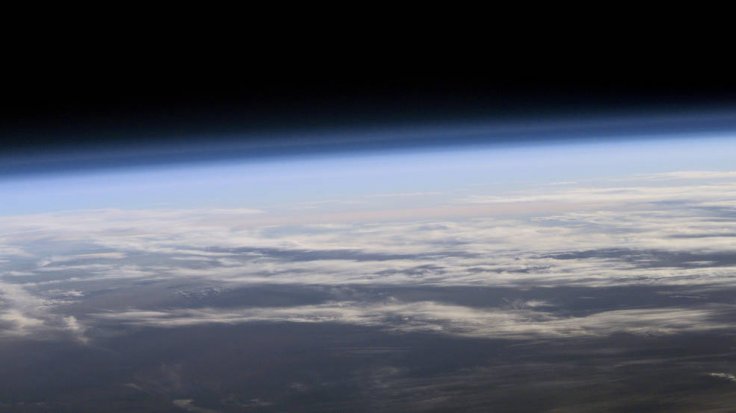NASA has observed that ozone layer depletion has decreased over years due to the reduction of chlorine use.
NASA's Aura satellite has identified 20 percent decline in the depletion level of ozone this year when compared with the decline during the Antarctic winter in 2005. Chlorine, which has been regarded as a major cause of ozone layer depletion was also found to be depleting.
Measures like the international ban on chlorofluorocarbons (CFCs), a human-made chemical compound of chlorine, is believed to have resulted in the lesser contribution of chlorine to the atmosphere.
Susan Strahan, an atmospheric scientist from NASA's Goddard Space Flight Center in Greenbelt, Maryland said, "We see very clearly that chlorine from CFC's is going down in the ozone hole, and that less ozone depletion is occurring because of it."
The study published in the journal Geophysical Research Letters says that CFCs are long-lived chemical compounds which rise to the stratosphere and get broken apart into its constituent elements on exposure to sun's ultraviolet radiation. The chlorine atoms released from this breakdown would destroy ozone molecules resulting in the holes.
Ultraviolet radiations from the sun could breach through the earth's atmosphere in the absence of ozone layer. It might cause skin cancer and cataract and could result in suppression of immune systems and could damage plants.
Montreal Protocol on Substances that Deplete the Ozone Layer had been signed by 196 countries and the European Union since the first agreement on September 16, 1987. This agreement was reached after the discovery of Antarctic ozone hole in 1985. Later amendments aimed to completely stop production of CFCs.

The NASA study has measured chemical compositions inside the ozone hole to confirm that the decline in CFCs has resulted in the decrease of ozone depletion. Past statistical analysis was also used to argue that ozone depletion is decreasing. Scientists had used data from NASA's JPL Microwave Limb Sounder (MLS) aboard the Aura satellite which had been continuously measuring ozone layer gases across the globe since mid-2004.
The Antarctic ozone hole usually forms during the Southern Hemisphere's winter in September. It occurs when the sun's rays catalyze ozone destruction cycles that involve the production of chlorine and bromine from the CFCs.
While many scientific instruments aboard satellites require sunlight to measure atmospheric trace gases, MLS could use microwave emissions to measure the gases over Antarctica even during dark southern winter. The Southern winter occurs between early July to mid-September when the stratospheric weather remains low and stable.
Scientists say that this period would be best suited to study ozone layer depletion as the chlorine would be the only major depleting agent of ozone present in the absence of heavy sunlight and when the Antarctic temperature remains very low. Scientists measured hydrochloric acid formed by reaction of CFC components with methane to determine the quantity of total chlorine.
Nitrous oxide, a greenhouse gas which has long-life like CFCs, also has a significant role in the stratosphere even though it does not have any role in the ozone layer depletion. The measure of nitrous oxide in the stratosphere is also a significant study of the research as declining hydrochloric acid and nitrous oxide levels could give details of the declining ozone levels.
Scientists believe that the CFCs in the ozone layer would nullify by 2060 or 2080. This would mark complete repair of the ozone layer.









